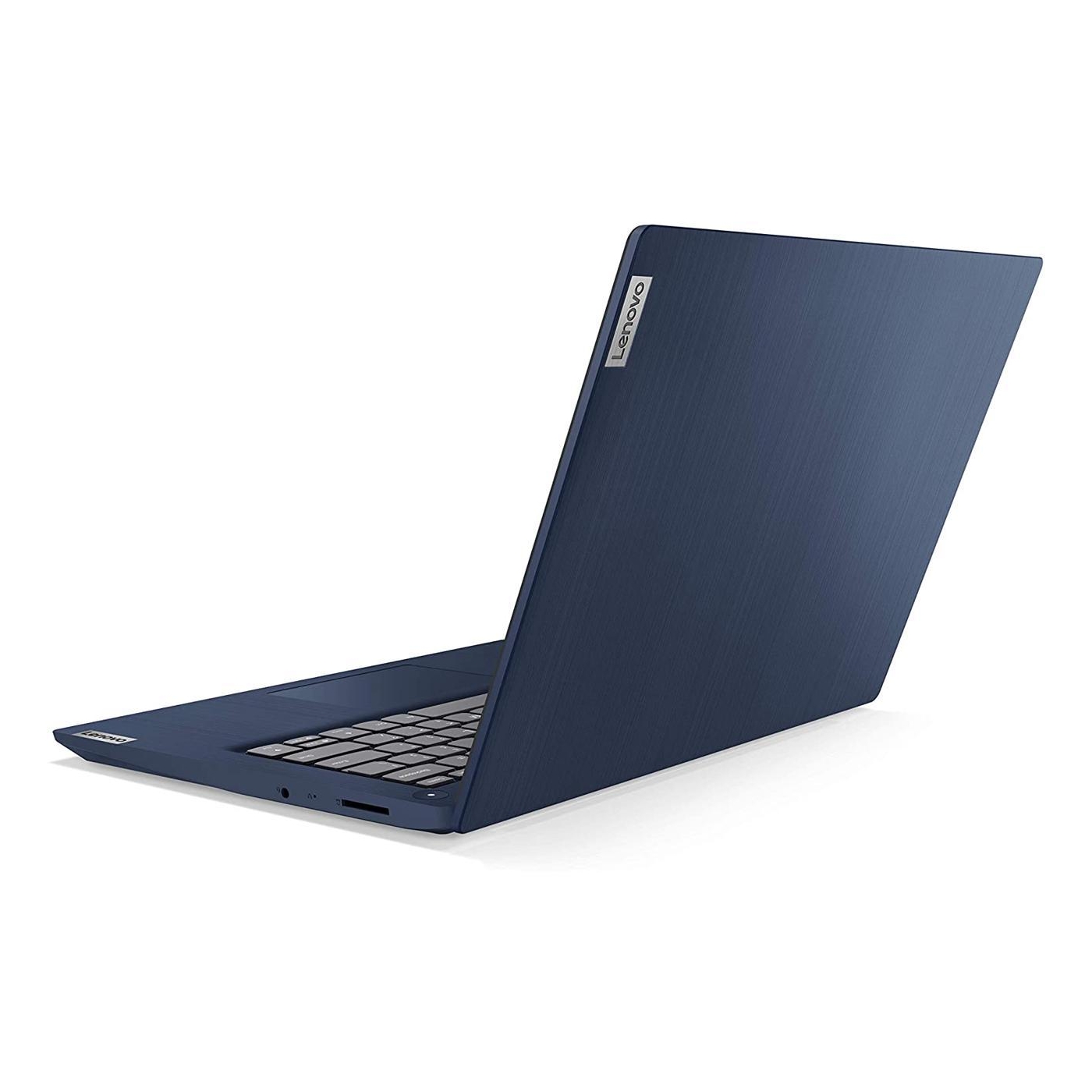

#17 linkCache_getLink no uid found +0.041s. #15 linkCache_getLink no uid found +0.068s. #14 linkCache_getLink no uid found +0.001s. #13 linkCache_getLink no uid found +0.012s. #11 linkCache_getLink no uid found +0.06s. #10 linkCache_getLink no uid found +0.001s. #9 linkCache_getLink no uid found +0.002s. #6 getting avg benchmarks for device 11161 +0.01s. #3 linkCache_getLink no uid found +0.007s. #2 did not recreate cache, as it is less than 5 days old! Created at Thu, 17:05:39 +0200 +0.001s. #0 no ids found in url (should be separated by "_") +0s. Power Consumption (TDP = Thermal Design Power)ĪMD Radeon RX Vega 8 (Ryzen 2000/3000) ( - 1200 MHz) The average 3500U in our database matches Intel Core i7-1065G7 in multi-thread performance to be an OK mid-range option for thinner, lighter laptops and mini-PCs. As the features of the Picasso APUs are the same compared to the Raven Ridge predecessors, we point to our Raven Ridge launch article. The integrated dual-channel memory controller supports up to DDR4-2400 memory. Furthermore, the 12 nm process allows for higher clocks at similar power consumption.

The Picasso SoC uses the Zen+ microarchitecture with slight improvements that should lead to a 3% IPS (performance per clock) improvements. In Chromebooks, AMD calles the APU AMD Ryzen 5 3500C, but the specifications (and performance) are the same. Specified at 15 Watt TDP, the SoC is intended for thin mid-range laptops.

It combines four Zen+ cores (8 threads) clocked at 2.1 GHz to 3.7 GHz with a Radeon RX Vega 8 iGPU with 8 CUs (512 Shaders) clocked at up to 1200 MHz. The AMD Ryzen 5 3500U is a mobile SoC that was announced in January 2019.


 0 kommentar(er)
0 kommentar(er)
